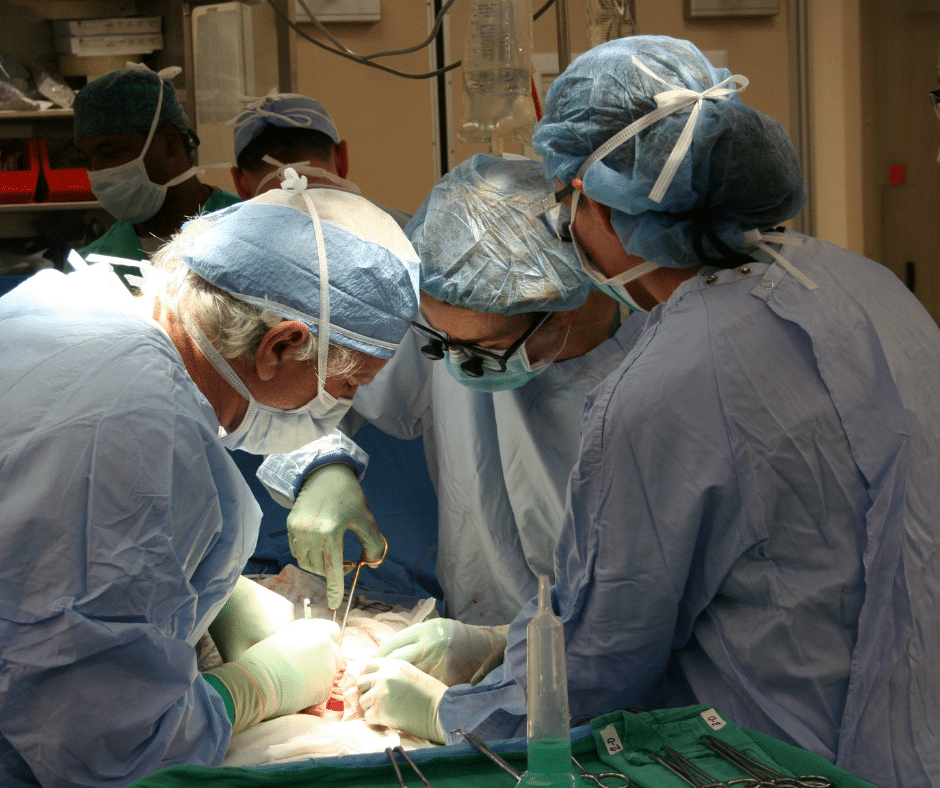There is a bizarre trend going on in the United States that is getting very little attention- animal to human transplants. The highly controversial practice of xenotransplantation has been around since the late 1970s but only recently is it gaining in popularity.
It all started in 2013 when physicians at the University of Maryland School of Medicine successfully performed a double lung transplant on a patient with end-stage pulmonary disease.

Although this procedure is not new, this particular transplant used a donor lung that was not from a human but from a pig. The procedure had been attempted 4 times before in the United States but failed each time.
What prompted physicians to try again?
The answer is simple, the desperate need for organ donors. In 2014 there were over 121,000 on the national waiting list and 18 people die each day while waiting for an organ. Even if every available donor was used, it still would not be enough for the tens of thousands of patients who need a new heart, lung, kidney, or liver.
The bridge between animals and humans may just have been crossed due to this landmark achievement. Since then several other successful animal to human transplants have been performed. These include kidney transplants, hand transplants, facial muscles transplants, uterus transplants, arms and legs transplants, penis transplants, vein tissue grafts, bone marrow transplantation, and more.
At first glance, these procedures may seem like a miracle and they can be if it extends and improves a person’s life. However, there are many risks involved that include the human body rejecting the transplanted organ or tissue. The patient has to take drugs for the rest of their lives to prevent this from happening which in turn allows the growth of other, sometimes deadly, diseases.
The main reason for the lack of original donors is the fear of being infected with a pig virus that could have devastating consequences. The harsh reality is that there are many viruses and bacteria that humans cannot contract from pigs if they were given the proper anti-viral medication as prescribed by their doctors.

However, without conclusive studies, nobody wants to take that chance. The few patients who were lucky enough to receive a life saving transplant have been secretive as to what type it was and where they got it from.
In addition to the concern of being infected by pig viruses, there is also the risk of chronic rejection which means the patient’s body will always reject the transplanted organ. Even if the patient is cured of their disease, once they die, so does the transplanted organ.
Then there are ethical questions to take into account as well. The safety and legality of using pigs for human transplants is currently unclear leading many to wonder if it’s even worth it in the first place. If animal rights groups are already up in arms about slaughterhouses, can you imagine what would happen if they found out that animals are being used for human transplants?

The science community is divided on the issue of using animals for human transplants. Some scientists support testing animal to human transplants to see if they are successful while others oppose it due to ethical reasons. There are others that do not care either way as long as it works.
